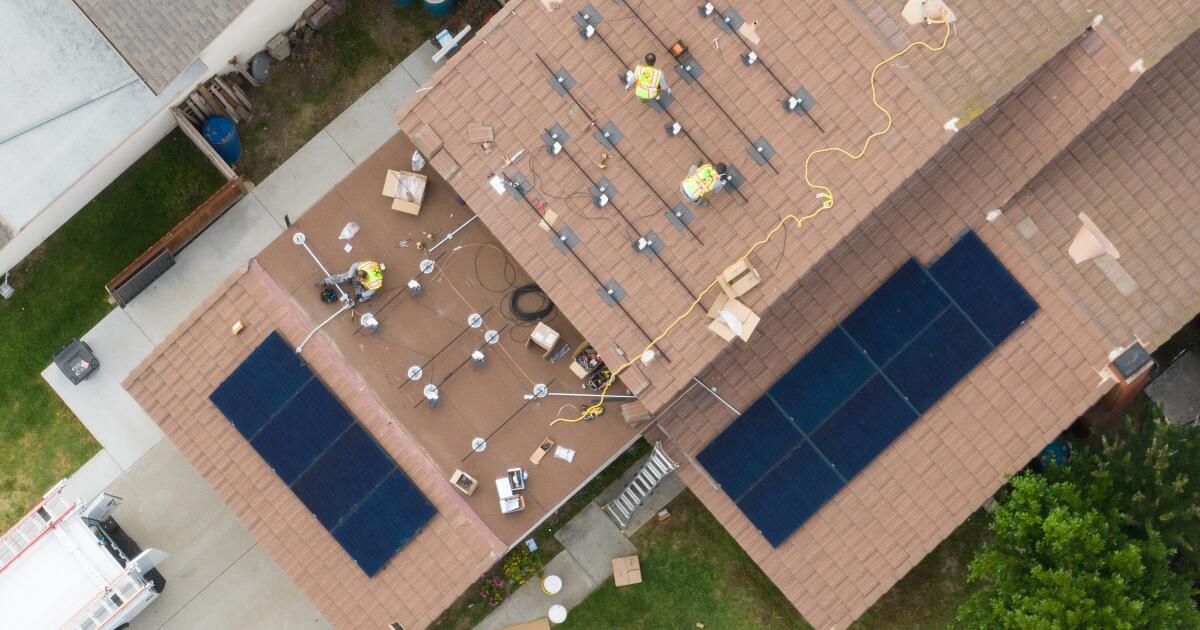But critics insist the costs of those solar panels are beginning to outweigh the benefits.
Incentive payments to homes with solar, they say, have led to higher electricity rates for everyone else — including families that can’t afford rooftop panels. If so, that’s not only unfair, it’s damaging to the state’s climate progress. Higher electricity rates make it less likely that people will drive electric cars and install electric heat pumps in their homes — crucial climate solutions.
The solar industry disputes the argument that solar incentive payments are driving up rates, as do many environmental activists. But Newsom’s appointees to the Public Utilities Commission are convinced, as they made clear Thursday.
“We need to reach our [climate] goals as fast as we can,” said Alice Reynolds, the commission’s president. “But we also need to be extremely thoughtful about how we reach our climate change goals in the most cost-effective manner.”
When I am having a stroke, I don’t stop and calculate of the most cost effective treatment options. I go to the emergency room. We could have done this calculation in 1970 and acted, but that ship has sailed.


Billing, in my experience, is predominantly based on usage. For each kWh of use, you get charged x% for generation, y% for distribution, and z% for tax. I’m sure some providers do use a flat charge for some things. Originally, electric meters were pretty dumb and analog, so they could only track net electricity through the meter. Lots of companies have rolled out smarter meters that can track how much is sold back to the grid so they can adjust the price accordingly. I think loads of places still have the older style of meter; I know I do. Companies basically have to weigh the costs of replacing all the meters with the benefits of that extra bit of money.